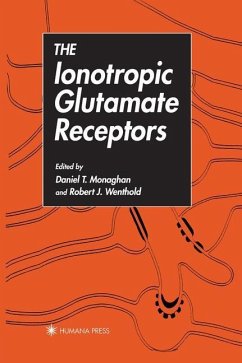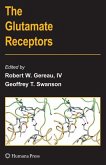The field of the excitatory amino acids was born when L-glutamate and L-aspartate were found to be potent convulsants (Hayashi, 1954), and were subsequently found to excite neurons directly (Curtis, Phillis, and Watkins, 1959). Although these studies initiated the hypothesis of glutamate-mediated neurotransmission, it was noted that the ubiquitous actions of glutamate could also reflect a general, nonspecific property of glutamate on neuronal mem branes. It was not until 20 years later that pharmacological, physiological, and biochemical studies provided convincing evidence for a neurotransmitter role for glutamate in the mammalian central nervous system (CNS). With the critical demonstration that the pharmacologically defined glutamate receptors mediate synaptic currents, glutamate rapidly became widely accepted as a majorneurotransmitter by the mid-1980s. This breakthrough, together with the simultaneous findings that glutamate receptors are involved in many essential, as well as pathological, processes in the CNS, instantly transformed the study of glutamate receptors into one of the fastest-growing and most exciting areas of neuroscience. With the cloning of numerous ionotropic glutamate receptor subunits over the last six years, the field has experienced another dramatic acceleration in the understanding of receptor action and in providing the first clear insights into the molecular bases underlying the wealth of pharmacological and physiological data on these receptors.








